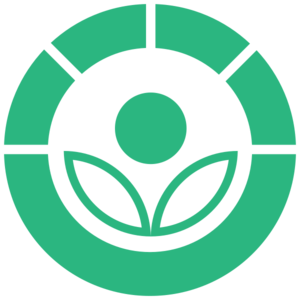Course:FNH200/Lessons/Lesson 10/Page 10.10
10.10 Regulations and Use of Ionizing Energy in Canada
As you noticed in the required reading (Irradiation and Food Safety), in the U.S. food irradiation is regulated as a "food additive". This is another good example of the differences that exist in the food additive definition between Canada and the U.S. (reviewed in Lesson 4).
In Canada, the use of ionizing energy for irradiation of food is considered as a process and is regulated underDivision 26 of The Food and Drug Act and Regulations. Note that the sources and energy levels of ionizing energy that would be permitted for use in Canada are clearly defined (Section B.26.001). Specified types of information would have to be submitted to the Health Products and Food Branch of Health Canada when an application is made to treat a specific food commodity with ionizing energy (B.26.004). Specific records would have to be maintained by a food processor employing ionizing energy (B.26.005).
The various options suggested for labelling of irradiated foods are presented in Section 2.14.1 of the "Guide to Food Labelling and Advertising (Links to an external site.)" from the CFIA. Note that in addition to the mandatory basic labelling (Lesson 4), food treated with ionizing radiation MUST also include:
- A statement indicating that the food has been "treated by irradiation", or "treated with radiation", or"irradiated".
- The "radura" symbol is also used to indicate that a food has been irradiated (see below).
- If an irradiated food is used as an ingredient of another food, it must be declared as "irradiated" in the ingredients listing only if it constitutes 10% or more of the final food.
| Critical Thinking |
|
